I have a model in R that includes a significant three-way interaction between two continuous independent variables IVContinuousA, IVContinuousB, IVCategorical and one categorical variable (with two levels: Control and Treatment). The dependent variable is continuous (DV).
model <- lm(DV ~ IVContinuousA * IVContinuousB * IVCategorical)
You can find the data here
I am trying to find out a way to visualise this in R to ease my interpretation of it (perhaps in ggplot2?).
Somewhat inspired by this blog post I thought that I could dichotomise IVContinuousB into high and low values (so it would be a two-level factor itself:
IVContinuousBHigh <- mean(IVContinuousB) + sd (IVContinuousB)
IVContinuousBLow <- mean(IVContinuousB) - sd (IVContinuousB)
I then planned to plot the relationship between DV and IV ContinuousA and fit lines representing the slopes of this relationship for different combinations of IVCategorical and my new dichotomised IVContinuousB:
IVCategoricalControl and IVContinuousBHigh
IVCategoricalControl and IVContinuousBLow
IVCategoricalTreatment and IVContinuousBHigh
IVCategoricalTreatment and IVContinuousBLow
My first question is does this sound like a viable solution to producing an interpretable plot of this three-way-interaction? I want to avoid 3D plots if possible as I don't find them intuitive... Or is there another way to go about it? Maybe facet plots for the different combinations above?
If it is an ok solution, my second question is how to I generate the data to predict the fit lines to represent the different combinations above?
Third question - does anyone have any advice as to how to code this up in ggplot2?
I posted a very similar question on Cross Validated but because it is more code related I thought I would try here instead (I will remove the CV post if this one is more relevant to the community :) )
Thanks so much in advance,
Sarah
Note that there are NAs (left as blanks) in the DV column and the design is unbalanced - with slightly different numbers of datapoints in the Control vs Treatment groups of the variable IVCategorical.
FYI I have the code for visaualising a two-way interaction between IVContinuousA and IVCategorical:
A<-ggplot(data=data,aes(x=AOTAverage,y=SciconC,group=MisinfoCondition,shape=MisinfoCondition,col = MisinfoCondition,))+geom_point(size = 2)+geom_smooth(method='lm',formula=y~x)
But what I want is to plot this relationship conditional on IVContinuousB....



